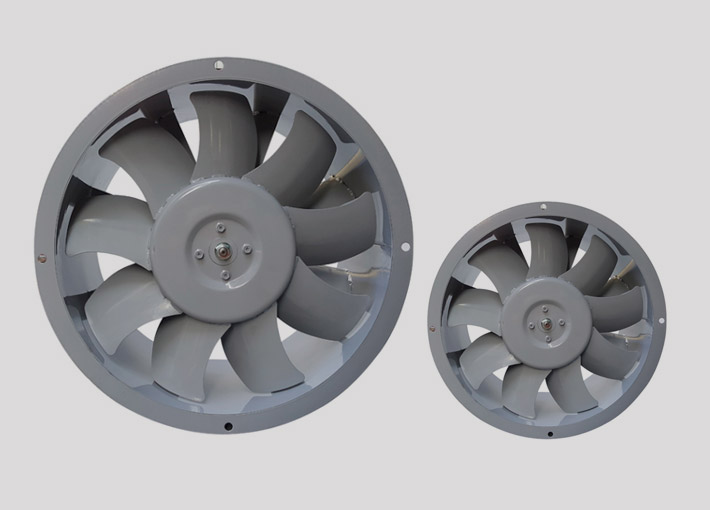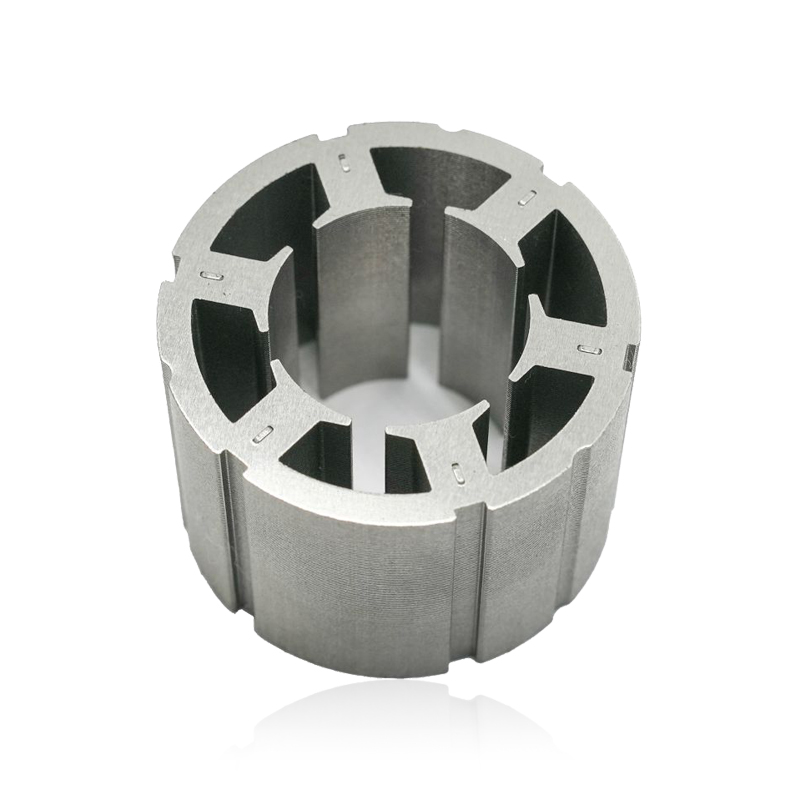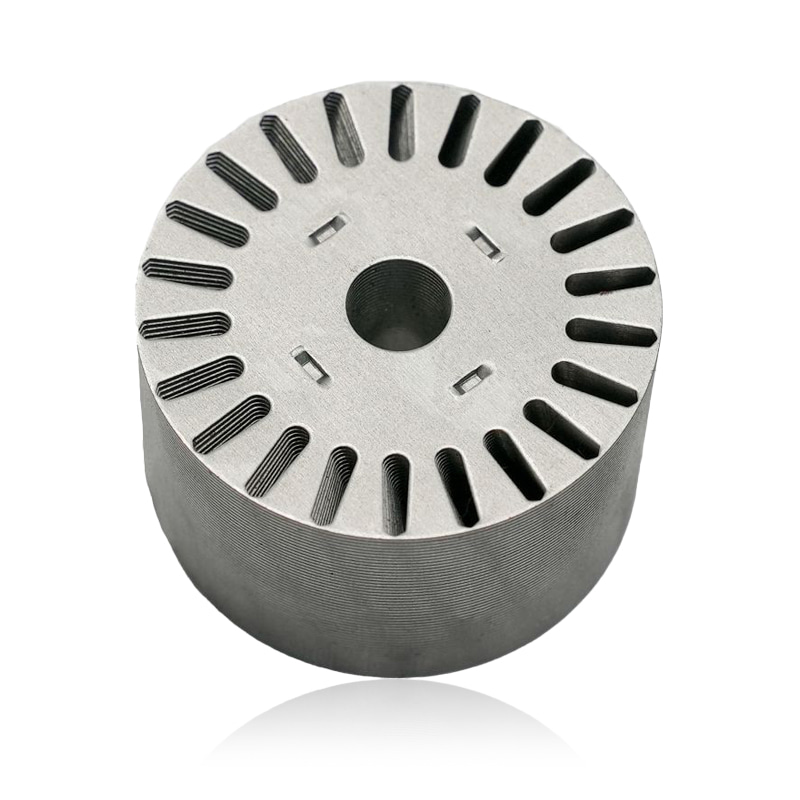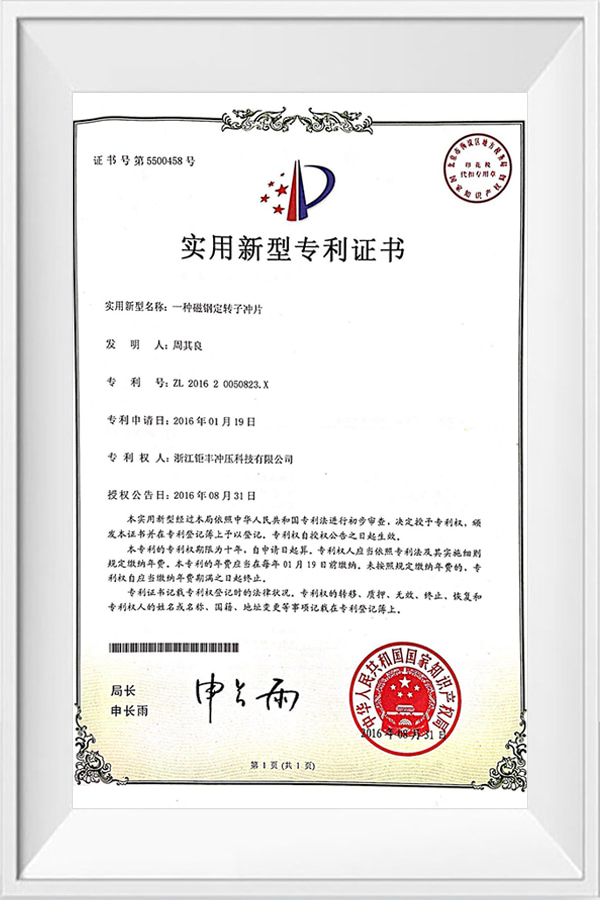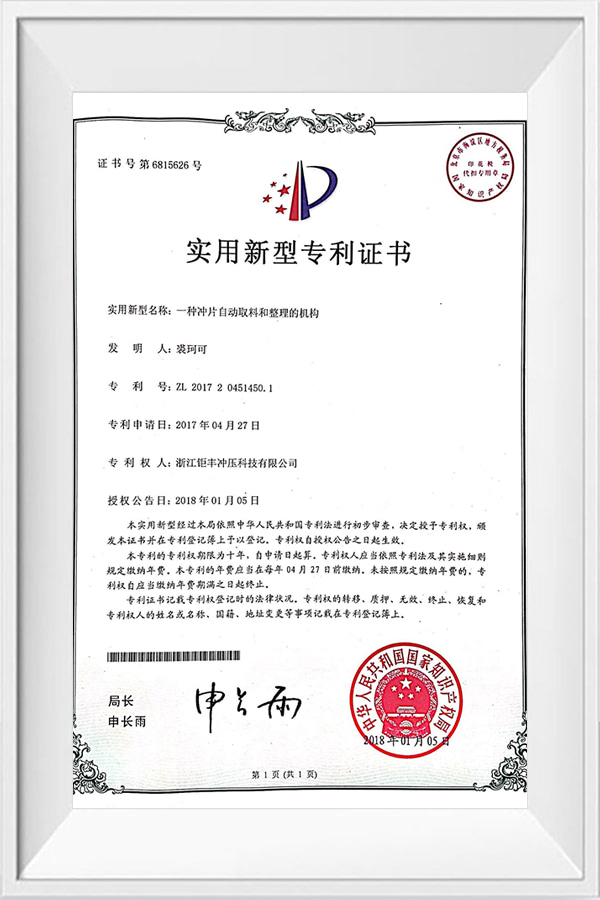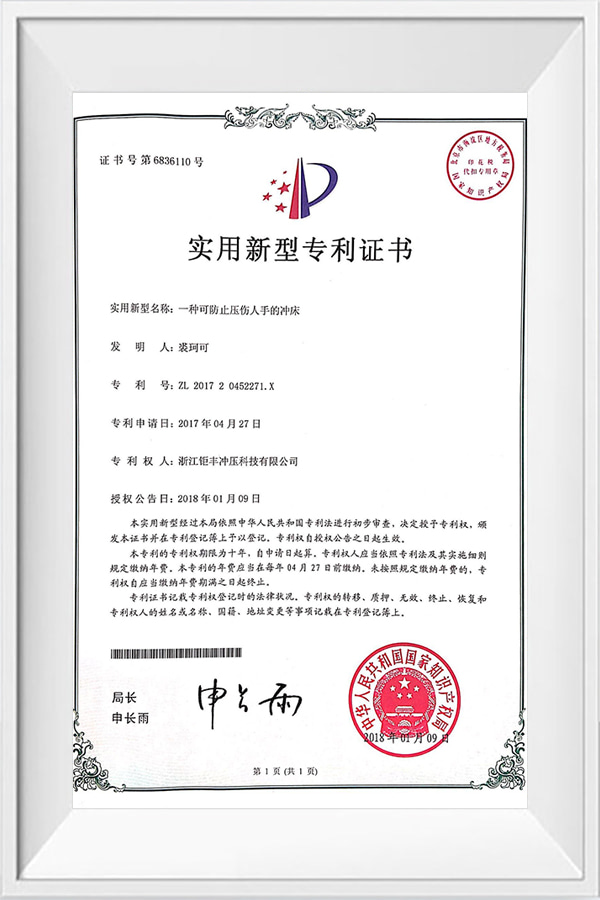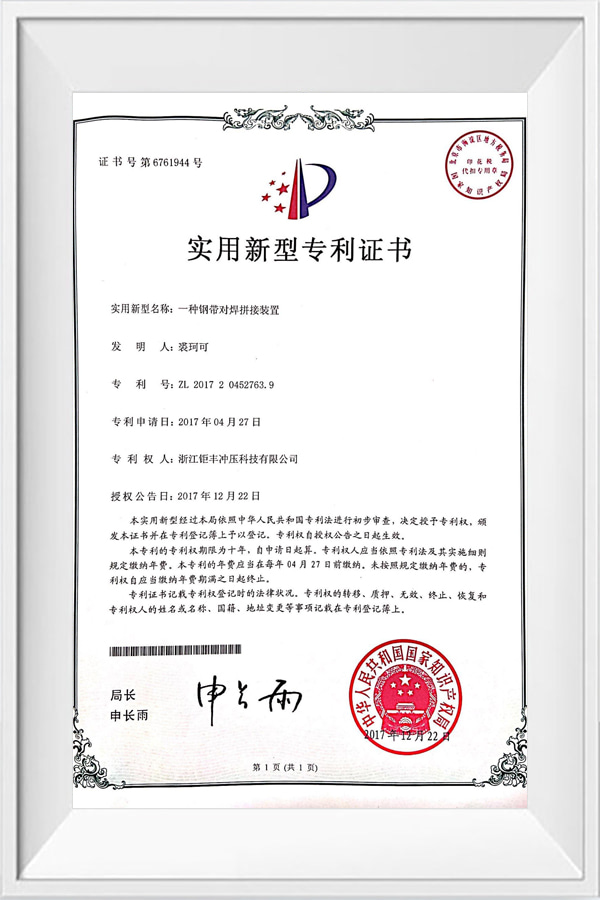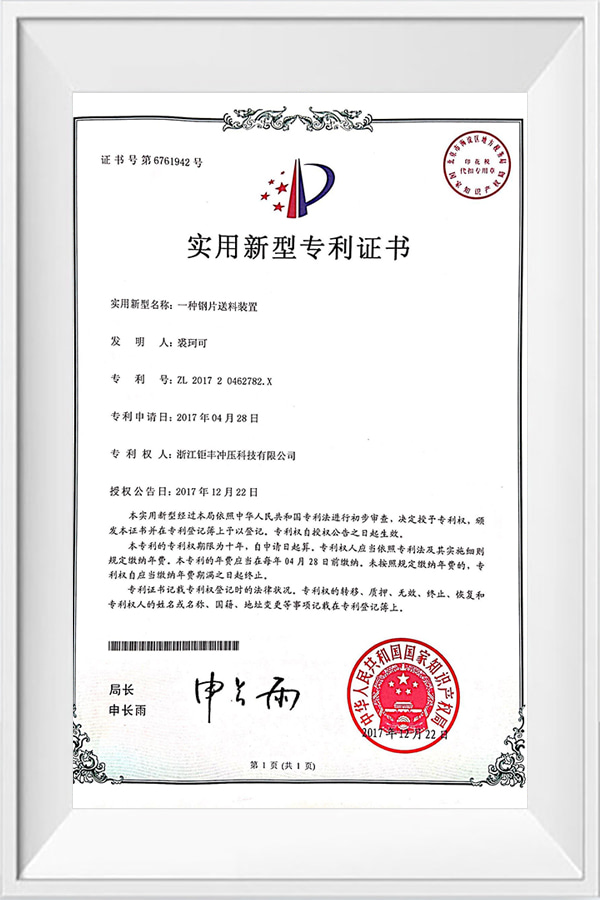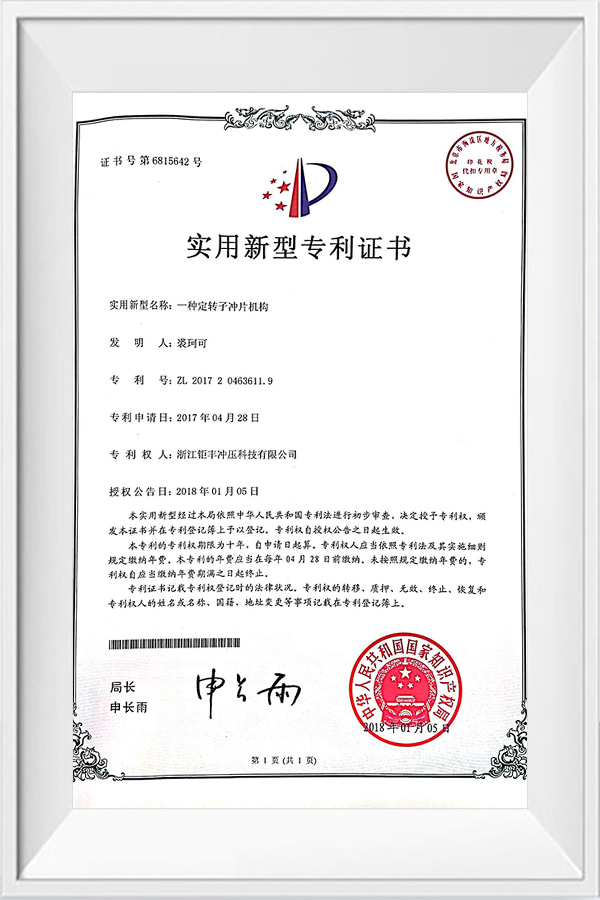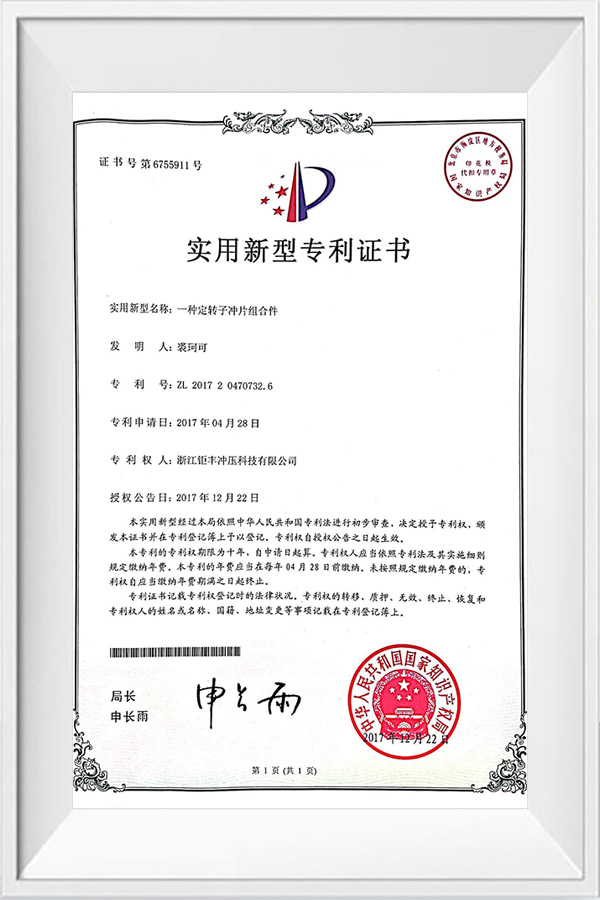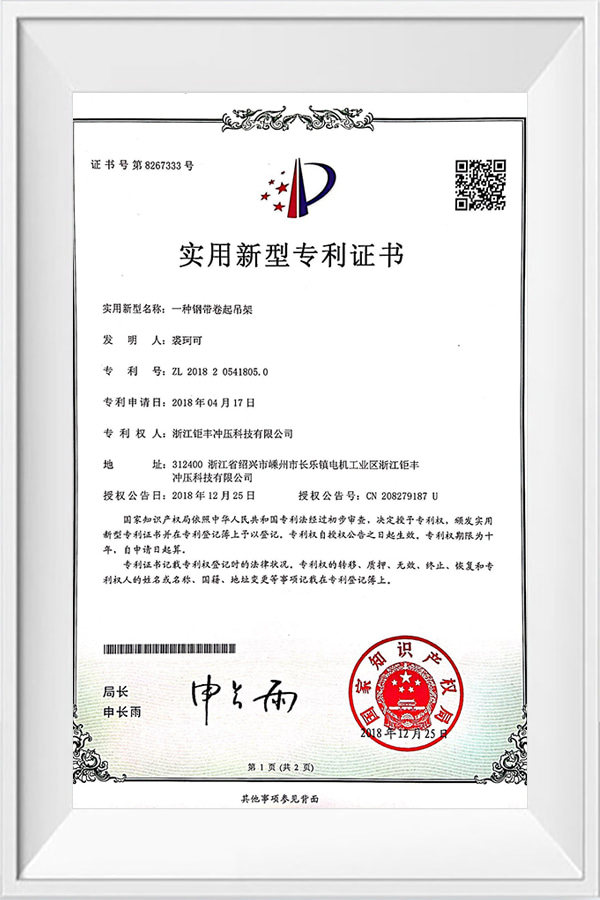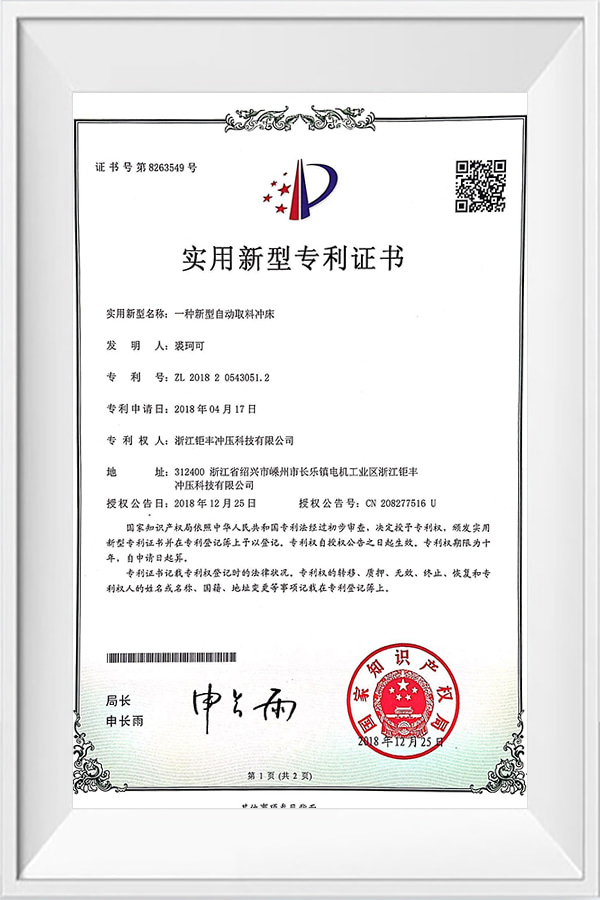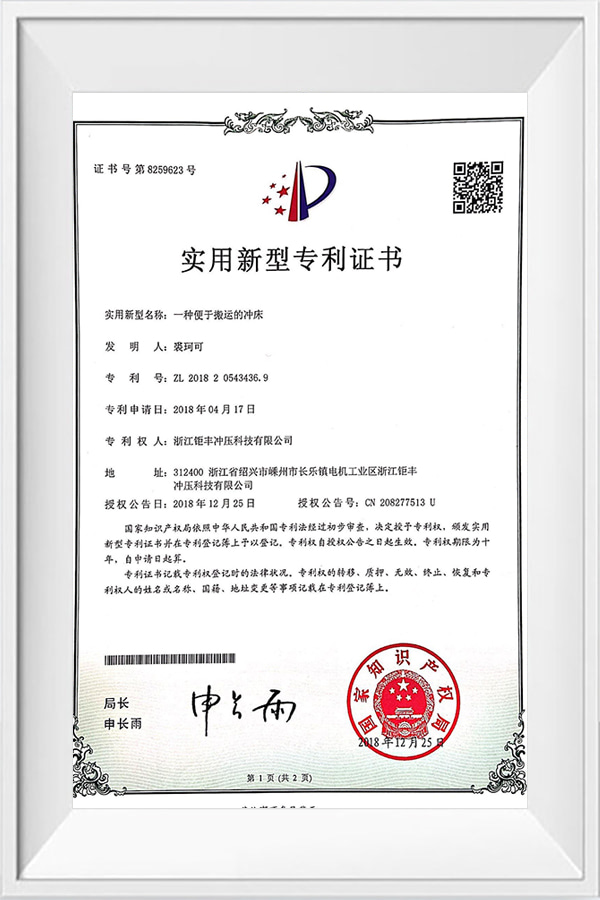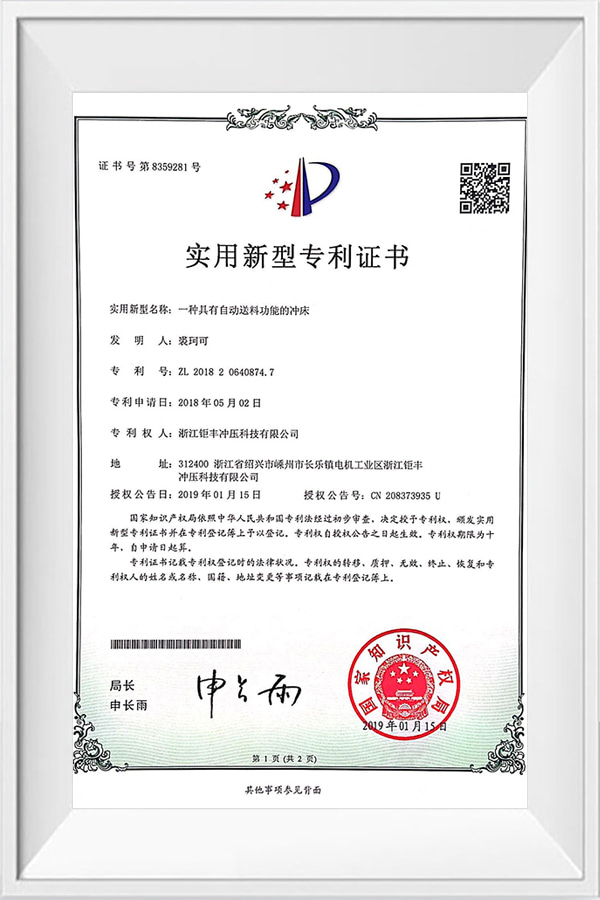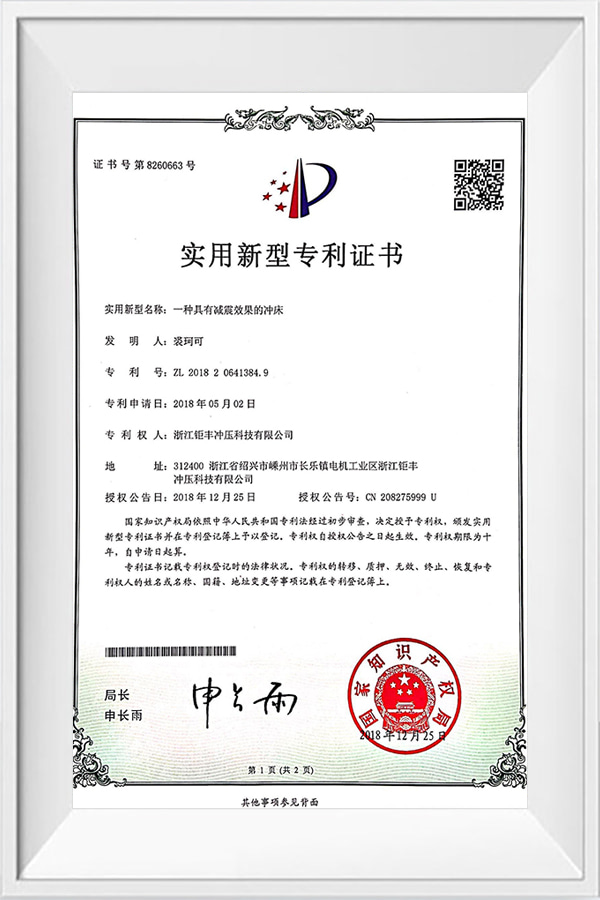In an industrial fan motor, the stator and rotor cores are integral components that work together to ensure efficient operation. The stator core acts as the stationary part of the motor, housing the windings that produce a rotating magnetic field when energized. The rotor core, on the other hand, rotates within this magnetic field, generating the mechanical force needed to power the motor. The efficiency of the motor is deeply tied to the quality of the stator and rotor cores, as they are responsible for converting electrical energy into mechanical energy without excessive energy losses. One of the core challenges in motor design is minimizing energy losses during this conversion process. The stator core must be designed to handle large amounts of electrical energy without causing unnecessary heat generation, which can waste power and reduce motor efficiency. Similarly, the rotor core needs to rotate smoothly within the magnetic field created by the stator. Its design must optimize magnetic interaction while minimizing friction and resistance. Additionally, both the stator and rotor cores need to be capable of withstanding high mechanical stresses that arise from continuous operation, especially in industrial fan motors that run at high speeds for prolonged periods. The precision of these cores in managing magnetic flux plays a significant role in ensuring that the motor operates smoothly and efficiently. Zhejiang Jufeng Technology Co., Ltd. specializes in producing stator and rotor cores that minimize energy loss and enhance performance, ensuring that the motor operates efficiently even under high load conditions. This expertise allows for the creation of motors that not only perform well but also last longer, delivering value across various industries.
The materials used in the stator and rotor cores are vital to the overall efficiency and longevity of industrial fan motors. The stator core, primarily made from high-quality silicon steel, is designed to conduct magnetic flux with minimal resistance, ensuring that the motor operates efficiently. Silicon steel is chosen because of its superior magnetic permeability, which allows for better performance with less energy loss. This material also resists the formation of eddy currents, which are parasitic currents that generate unnecessary heat and reduce motor efficiency. The rotor core is often constructed from materials like cast aluminum or copper, which offer high electrical conductivity and low resistivity, making them ideal for rotor applications. Aluminum is often used in applications where cost-efficiency is a priority, as it is lighter and less expensive, though copper is preferred in high-performance applications due to its superior electrical conductivity. One important consideration is how well these materials can handle the heat generated during motor operation. High-quality materials with good thermal conductivity are critical for maintaining motor performance, as overheating can cause reduced efficiency and motor failure. Zhejiang Jufeng Technology Co., Ltd. ensures that the materials used in their stator and rotor cores meet the highest standards, optimizing performance through careful material selection. Their use of advanced materials such as high-grade electrical steel and copper-based alloys allows for the creation of cores that provide superior power transfer, minimal resistance, and effective heat dissipation. These high-quality materials contribute to the overall reliability and energy efficiency of the motor, making them a key factor in motor design.
The performance of an industrial fan motor is fundamentally determined by the efficiency of the magnetic interaction between the stator and rotor cores. The stator creates a rotating magnetic field when an electric current flows through its windings, and this magnetic field interacts with the rotor, inducing an electrical current within it. This interaction generates the mechanical force that causes the rotor to spin. The strength and efficiency of this interaction directly affect the motor’s power output, speed, and energy consumption. A strong magnetic field means that more power can be generated with less energy input, resulting in a more efficient motor. However, inefficiencies in this magnetic interaction can lead to wasted energy, increased heat generation, and decreased overall performance. One key factor that influences the efficiency of this interaction is the magnetic flux density. The higher the flux density, the more energy is transferred between the stator and rotor, leading to better motor performance. To achieve high flux density, the materials used for the stator and rotor cores must have excellent magnetic properties. The core design, including the thickness of the laminations and the air gaps between the stator and rotor, also plays a critical role in optimizing magnetic flux. If these components are misaligned or poorly designed, the efficiency of the magnetic interaction decreases, leading to higher energy losses. At Zhejiang Jufeng Technology Co., Ltd., advanced core designs are employed to ensure that the stator and rotor cores are perfectly aligned and optimized for maximum efficiency. Their commitment to improving the magnetic interaction through precise engineering and design allows for the creation of motors that operate at peak performance, reducing energy consumption and enhancing longevity.
Heat dissipation is a crucial aspect of industrial fan motor design. As motors convert electrical energy into mechanical energy, some of that energy is inevitably lost as heat. If the heat generated by the motor is not efficiently managed, it can lead to overheating, which reduces the motor's efficiency and lifespan. This is particularly important in industrial fan motors, which often operate continuously for long hours under heavy load conditions. Both the stator and rotor cores must be designed to minimize heat buildup and facilitate the effective transfer of heat away from the motor. The materials used for the cores play a significant role in this process. Materials with high thermal conductivity, such as copper and aluminum, are often used in rotor cores to help dissipate heat. In the stator, high-grade silicon steel helps to minimize core losses and reduce heat generation during motor operation. Additionally, the design of the motor itself plays a key role in heat management. Features such as optimized ventilation, air cooling, and the use of heat sinks can help to further dissipate heat. Zhejiang Jufeng Technology Co., Ltd. focuses on ensuring that the stator and rotor cores are not only efficient in their electrical and mechanical functions but also well-designed for thermal management. Their products feature advanced cooling solutions to ensure that the motor remains within optimal temperature ranges during operation. By carefully considering heat dissipation in the design process, Jufeng ensures that their stator and rotor cores are capable of operating under high loads without compromising efficiency or longevity.
Industrial fan motors come in many different shapes, sizes, and configurations, each designed to meet specific operational requirements. The design of the stator and rotor cores must be optimized for the specific type of motor in order to achieve the desired performance. For instance, in motors used in large-scale ventilation systems, a design focused on generating high torque at lower speeds is required. This often involves the use of thicker laminations and more windings in the stator to maximize torque generation. On the other hand, in high-speed motors, such as those used in robotics, the cores must be lighter and designed to minimize energy losses due to the high rotational speeds. This typically involves the use of lighter materials and smaller laminations to ensure that the motor runs smoothly at high speeds. The optimal core design can vary widely depending on the application. At Zhejiang Jufeng Technology Co., Ltd., the company uses advanced design techniques and materials to customize stator and rotor cores that are perfectly suited to the needs of their clients. Whether it's for high-torque industrial applications or high-speed, energy-efficient motors, Jufeng’s expertise in core design ensures that every motor operates at peak performance. The company’s ability to adapt core designs to different applications makes them a versatile player in the motor manufacturing industry.
Lamination is a crucial process in the manufacturing of stator and rotor cores, as it helps to reduce energy losses due to eddy currents. Eddy currents are circulating currents that are generated within the core material when the motor operates. These currents waste energy and produce unnecessary heat, which can reduce the motor's efficiency. By laminating the core, manufacturers can significantly reduce these losses. The process involves stacking thin sheets of electrical steel together, with insulating layers in between, to form the core. The thickness of the laminations plays a significant role in the efficiency of the motor. Thinner laminations reduce eddy current losses, but they also increase manufacturing complexity and cost. Therefore, finding the right balance between lamination thickness and cost-effectiveness is key to optimizing motor performance. Zhejiang Jufeng Technology Co., Ltd. utilizes state-of-the-art lamination techniques to produce high-performance stator and rotor cores. Their advanced manufacturing processes ensure that each core is optimized for minimal eddy current losses, leading to higher motor efficiency and longer lifespan. Jufeng’s expertise in lamination technology allows them to create motor cores that provide superior performance without compromising on cost or durability.

 简体中文
简体中文 English
English русский
русский Español
Español